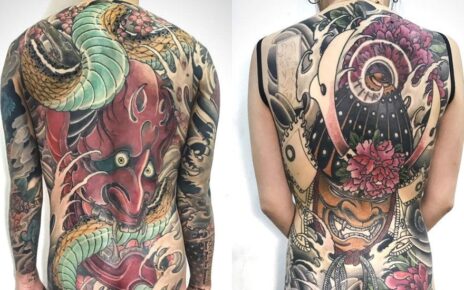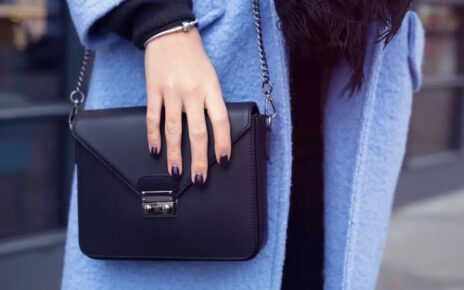Millions of hairbrushes can be found on the market. Even yet, have you ever considered that the sort of brush you use to brush your hair depends on your hair type and the purpose of doing so? If your hair is damp, The Wet Brush is ideal; however, a paddle brush is better suited for combing long, thick hair. There are numerous types of brushes on the market, and this post will explain the differences between them and why it is important to choose the right brush.
Is this anything you’ve heard of before? Alternatively, you may have been informed that wet hair is more delicate and should be avoided when brushing. Some of the best and most gentle “wet brushes” available now may be used on dry or wet hair, so this piece of advice may be a little out of date now that they can be used effectively and gently on both types of hair. Here is a great detail about the changes that have occurred in the hair brush business in this article.
What does it mean to brush your hair properly and appropriately?
Perhaps a bad hair day can be traced back to the incorrect brush. Do you think it could harm your hair directly? As a matter of fact, the answer is yes. Even if you use the right brush, it can cause harm to both your hair and scalp if you use the wrong brush (as well as brushing). Whether you’re styling your hair or brushing it, it’s critical that you pick your hairbrush carefully. Remember to use a different brush while dealing with wet hair than when working with dry hair.
Recognize the hair’s cellular structure
There are two unique layers to each strand of hair, and these layers are linked together. The hair’s lustre and smoothness are due in large part to the cuticle, the hair’s outermost layer. External factors including weather, heaters, chemical style agents, and insufficient hair hydration are all kept at bay by overlapping cortical cells. For nourished, healthy hair, use a hot shower to open up your outer hair layer, allowing the beneficial nutrients in your shampoo and conditioner to penetrate deeper into your hair strands. After that, to protect the hair’s outermost layer when brushing it while it’s still wet, use a quality hairbrush like a wet brush for wet hair.
Use a damp brush when your hair is wet
Brushing your hair while it is wet is not recommended, and there is a good reason for this. When you brush wet hair, it stretches more than dry hair because wet hair is more elastic. This is also the reason why, as previously said, damp hair is significantly more sensitive than dry. Two times more resistant and stronger is the hair that has been left to dry. Since wet hair is more prone to breakage, it’s important to use a proper wet brush and avoid overdrying it, as these actions can cause damage to the strands of hair.





